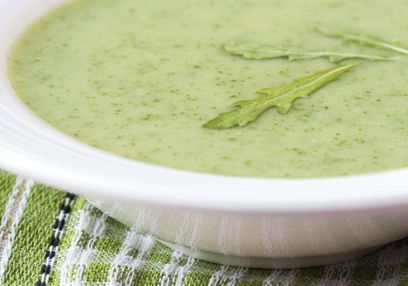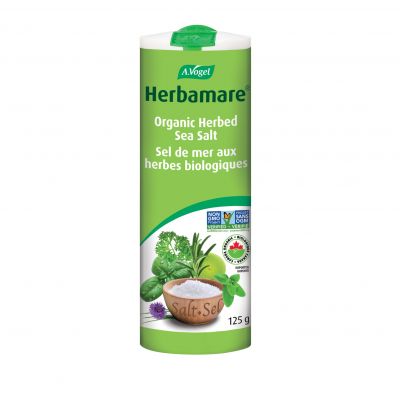A.Vogel search
When the internal search is activated, personal data such as your IP address is transmitted to our search engine Cludo. Data is thus transferred to a third country. Please click here if you want to display the internal search. You can find more information on data protection here: Privacy policy.
Aristolochia clematitis L.
Common Birthwort
History

Birthwort is one of the old healing plants already in use by the ancient Egyptians and later by Hippocrates, Theophrastus, Dioscorides and Pliny. It was an ingredient in theriac, which was used as a panacea against ulcers, fevers and snakebites. The ancient Egyptian name for the plant translates as ’anti-snake‘. The Latin name aristolochia is made up of áristos and lóchos - ’the best‘ and ’ confinement, birth‘ respectively, or ’the best for birth‘. It refers to the use of the plant in aiding childbirth. Hildegard von Bingen taught that Aristolochia opens the closed female inner organs and dissolves hardened menstrual blood. Lonicerus wrote in his 1564 herb book: ’Birthwort powdered and mixed with so much myrrh and used with warm wine purifies the uterus and prevents stillbirth. Every woman in childbirth should drink this herb and root.’ It was also used for chronic ulcers and suppurations. Paracelsus prescribed it for cancer, apparently treating ‘like with like’, since in 1981 the phytotherapeutic use of birthwort or aristolochic acid was forbidden due to possible carcinogenic effects. The species name clematitis derives from the Greek ’klema‘ for tendril, the growth form of this species of aristolochia. The English name ‘birthwort‘ likewise refers to the plant’s use as an aid in childbirth.
Botanical characteristics
30cm to 70cm high stalks grow from a creeping rhizome and bear pale yellow-green, long-stalked, cordate leaves. Two to eight long, yellow flowers sprout from the leaf axils. The perianth is ventricose at the base, then tube-like and covered with hairs arranged like a lobster trap, widening to a tongue at the end. Flies that crawl into the flower tubes are held by the tongue long enough to ensure that they carry out fertilization. The green, pear-shaped fruit is the size of a nut and opens up in six flaps containing flat, triangular seeds.The Birthwort flowers from May to June.
Habitat
Birthwort is native to the Mediterranean region, the Caucasus and Asia Minor. North of the Alps, it probably originated in cloister gardens before growing wild, but seldom forms fruit. It prefers sunny sites in vineyards, beside hedges, cultivated fields, and bushes.
Preparation
A.Vogel/Bioforce uses the homeopathic dilution in accordance with the current Homöopathisches Arzneibuch (HAB) (New Official German Homoeopathic Pharmacopoeia. We use the aboveground parts of the plant harvested when it flowers.
Alfred Vogel's guide to leading a healthy and happy life
Watch the videoNature is just about the best thing we’ve got!





